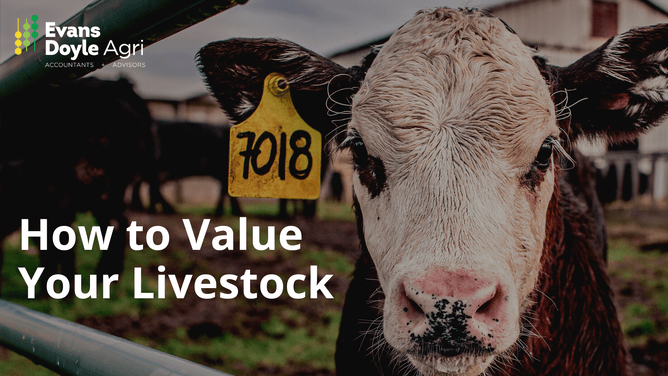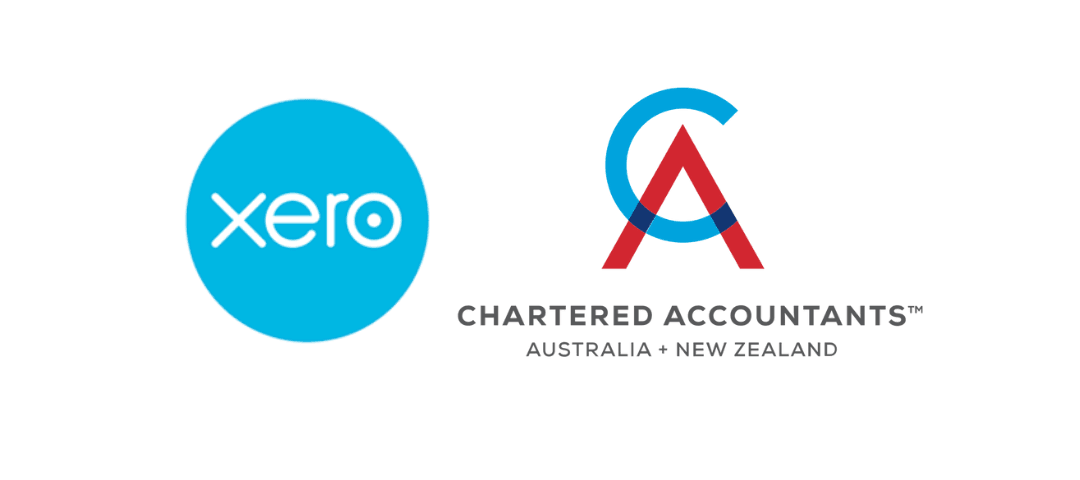If you own livestock or are thinking about it you may have come across terms such as Herd Scheme or National Standard Cost (NSC) and wondered what they are, what the difference is and what they may mean for you. Herd scheme and NSC are the two main methods for valuing livestock on hand at year end for tax purposes.
Herd Scheme
Herd Scheme (also called National Average Market Value) allows you to value your opening and closing livestock for the year at the same value per head. The values are announced by the IRD in May every year and are based on a survey of values throughout NZ at 30 April. The difference in last years closing value and this years’ opening value is treated as a tax-free adjustment. The theory behind this valuation method is that livestock are treated as a capital asset rather than trading stock.
For example, say you ended the financial year on 31 May 2021 with 100 MA cows valued at the herd scheme value of $1,528 per head, which is a total value of $152,800. The 2022 herd scheme value has increased to $1,600 per head, so the opening value on 1 June 2021 for the 100 MA cows is $160,000. This is a gain in value of $7,200 however it is not taxable. That is the benefit of Herd Scheme, the values of livestock can fluctuate but you won’t be taxed on this, you are only taxed on the difference between opening and closing numbers of livestock.
National Standard Cost
National Standard Cost (NSC) is based on a cost of production system, ie. the cost of breeding, rearing and growing the various livestock groups. NSC is a bit more complicated than Herd Scheme as the value is calculated as national standard cost applied to homebred stock; and purchase price applied to purchased stock. The average of these costs is applied to stock on hand at year end to obtain a closing value. NSC values are announced by the IRD in February each year and are typically a lot lower than Herd Scheme values.
The difference with NSC compared to Herd Scheme is that the fluctuation in livestock numbers and value are taxable.
What valuation method to use?
So, what valuation method should you use? Unfortunately, it’s not quite as straight forward as that as each client requires an individual approach depending on their circumstances and future plans.
For example, a new sharemilker buys a herd of 300 MA cows for $1,600 each. If they chose the NSC method, assuming livestock numbers do not change, they will get a tax write down over time as the value of the MA cows decrease. This is because they are not buying any more cows, and only have homebred heifers entering the herd each year which are valued at the NSC value of $859 per head. This lowers the average value, calculated as an average of the $859 heifers and $1,600 MA cows. Over time the values decrease further as the MA cows average value declines also.
The downside to this method is when you sell the herd, the difference between sale price and NSC value can be large which creates a significant tax liability. If your accountant is not aware of your plans to sell and you have not planned accordingly, the unknown tax liability can create a huge amount of stress if you have earmarked that cash for something else.
Say for example that same sharemilker choses the Herd Scheme method. They don’t get that tax write down over time as the fluctuation in herd scheme values are not taxable, however when they go to sell the herd the sale price is likely to be similar to the Herd Scheme value, so the tax liability is a lot lower. They may even sell the herd for less than the Herd Scheme value and get the benefit of a taxable loss.
Which method to use depends very much on what your short- and long-term plans are, whether you plan to stay in the industry for the long term or whether sharemilking is a way to make a quick buck then get out when the kids reach a certain age.
You are able to use a combination of methods, so it might be that your core stock are valued on Herd Scheme and any surplus stock that you know will be bought and sold are valued using NSC.
The decision to use Herd Scheme cannot be made lightly as once you elect into it you cannot elect out unless you sell the herd and your livestock numbers reduce down to zero. This prevents people from jumping between methods depending on which produced the most favourable tax outcome.
Selling to associated entities means that the purchasing entity must use Herd Scheme if that is what the selling entity was on. This means you cannot sell from yourself to a company to get out of the Herd Scheme election.
There are more complicated issues that we won’t delve into now, but the main message is to keep your accountant informed of your short- and long-term plans so they can plan accordingly! This could save you thousands in tax so is worth the extra cost.
Contact Us
Contact Stacey for a call or meeting to discuss any tax or accounting questions. Our office is in Cambridge, Waikato, or we can arrange a video conference call.
Stacey Shearman



